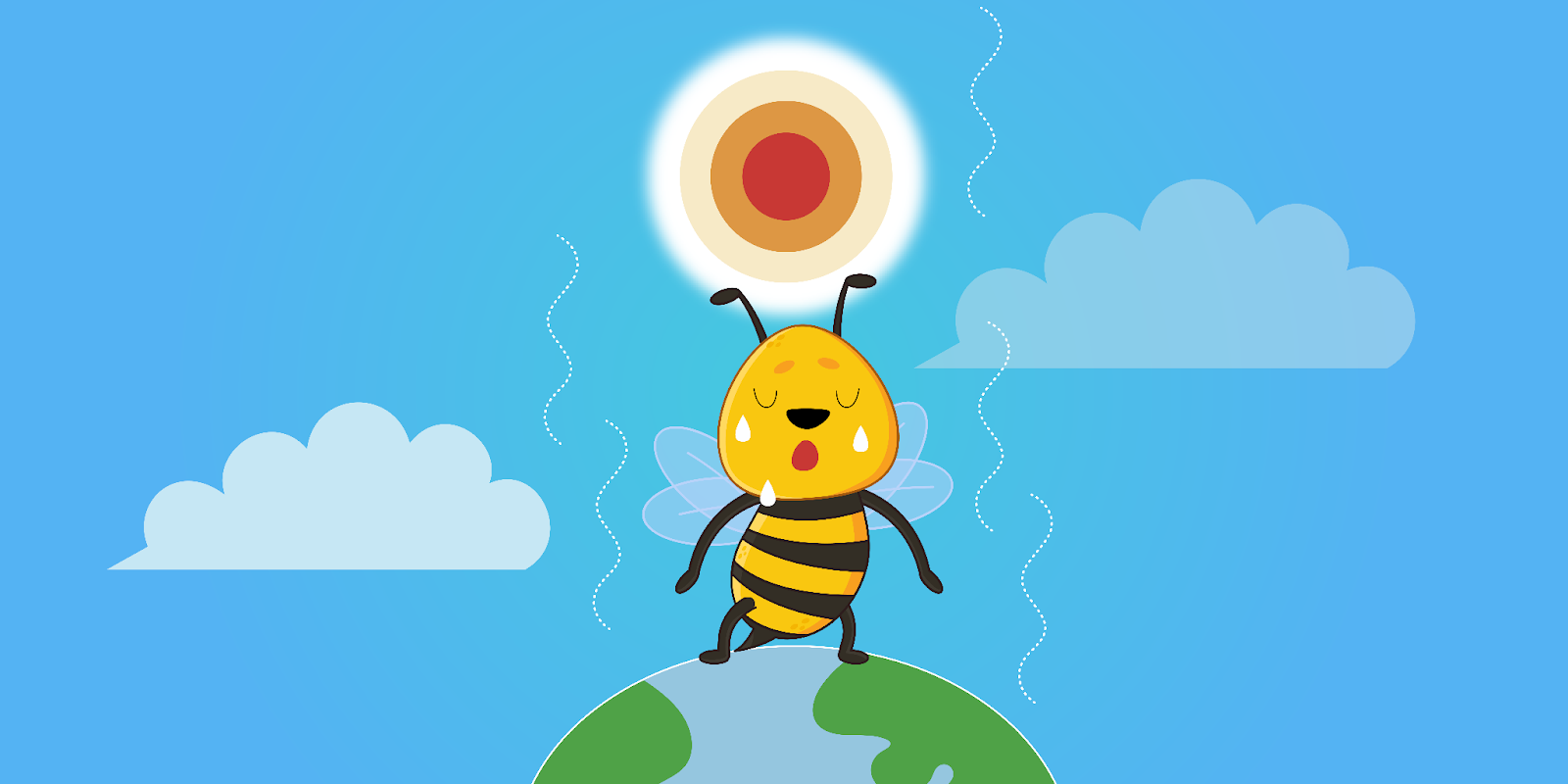
How Rising Temperatures and Changing Seasons are Affecting Bee Populations
How Rising Temperatures and Changing Seasons are Affecting Bee Populations
Bees are one of the most important pollinators on the planet, responsible for pollinating crops that provide one-third of the food we eat. Unfortunately, bee populations have been declining in recent years due to various factors, including habitat loss, pesticide use, and disease. However, one of the biggest threats to bee populations is climate change. Rising temperatures and changing seasons are affecting bee populations in numerous ways, and it's up to us to take action to protect these vital pollinators.
Impact of Climate Change on Bee Populations
Climate change is causing changes in the timing and distribution of flowering plants, which can have a significant impact on bee populations. Bees rely on flowers for nectar and pollen, which they use for food and to feed their young. As temperatures warm, many plants are flowering earlier in the season, which can cause a mismatch between the time when bees emerge from hibernation and the availability of their food source. This can result in decreased bee populations, as bees may not be able to find enough food to survive.
Additionally, climate change is causing changes in the distribution of plants, which can also have a negative impact on bee populations. Some plants may not be able to adapt to changing temperatures and may disappear from certain areas, which can leave bees without a food source. This can lead to decreased bee populations and could have a ripple effect throughout the ecosystem, as bees play a critical role in pollinating plants that provide food for other animals.
In addition to affecting the timing and distribution of flowering plants, climate change is also causing changes in weather patterns, which can impact bee populations. Extreme weather events, such as droughts and floods, can destroy entire bee habitats and disrupt the natural pollination process. Warmer temperatures can also cause changes in the behavior of bees, which can affect their ability to pollinate effectively.
Protecting Bee Populations in the Face of Climate Change
While climate change poses a significant threat to bee populations, there are steps we can take to help protect them. Here are some ways you can make a difference:
Plant a Bee-Friendly Garden
Planting a garden that is rich in flowering plants can provide bees with the food and habitat they need to thrive. When selecting plants, choose those that are native to your region, as they will be well adapted to the local climate and will provide the most benefit to bees. Avoid using pesticides and herbicides in your garden, as these can be harmful to bees and other pollinators.
Support Local Beekeepers
Buying honey from local beekeepers can help support bee populations in your area. Beekeepers play an important role in maintaining healthy bee populations, and supporting them can help ensure that they are able to continue their work.
Reduce Your Carbon Footprint
Reducing your carbon footprint can help mitigate the effects of climate change on bee populations. Simple actions such as driving less, using energy-efficient appliances, and reducing your use of single-use plastics can all make a difference.
Advocate for Climate Action
Advocating for policies that address climate change can help protect bee populations and other vulnerable species. Contacting your elected officials, participating in climate marches and rallies, and supporting organizations that work to combat climate change can all help to create a better future for bees and the planet.
Climate change is having a significant impact on bee populations, and it's up to all of us to take action to protect these vital pollinators. By planting a bee-friendly garden, supporting local beekeepers, reducing our carbon footprint, and advocating for climate action, we can help ensure that bees and other pollinators have a healthy and sustainable life.



Leave a comment